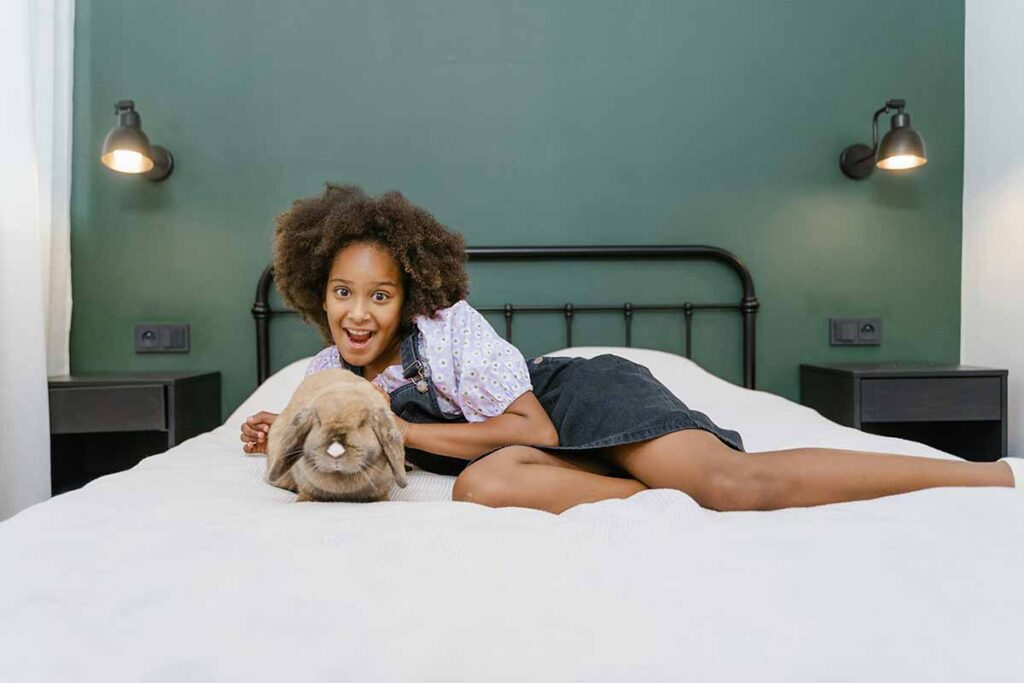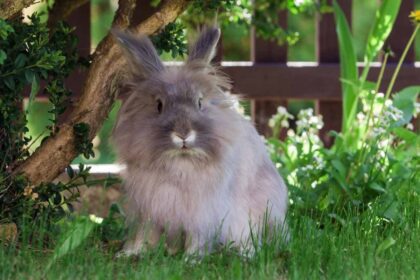For many, rabbits are the epitome of adorable, cuddly companions. But for allergy sufferers, the dream of rabbit ownership can be shrouded in a cloud of sniffles and itchy eyes. While there’s no such thing as a truly hypoallergenic rabbit, there are some breeds and management strategies that can significantly reduce allergy triggers.
Living with allergies doesn’t have to mean giving up on your dream of rabbit companionship. By understanding the true cause of rabbit allergies and implementing our comprehensive management plan, you can create a happy and healthy home for both you and your furry friend.
Understanding Rabbit Allergies
Contrary to popular belief, rabbit allergies aren’t caused by fur itself, but by proteins called allergens. These allergens are found in rabbit dander (dead skin flakes), saliva, and urine. When these allergens become airborne, they can trigger allergic reactions if you are a sensitive individual. A 2018 course offered by the House Rabbit Society states that around 15% of people with pet allergies experience reactions to rabbits.
Choosing a Rabbit Breed
While breeds with short fur like Rex (known for their velvety coat) or Californian might seem ideal, they often require more frequent brushing. This brushing can actually stir up allergens more than with breeds that shed less frequently. Breeds with denser coats, like the American Sable or Havana, may shed less but still require regular grooming to prevent matting.
Minimizing Allergens in Your Rabbit-Loving Life
Here’s where the real in-depth information comes in: creating an allergy-management routine.
- Location, Location, Location: Dedicate a well-ventilated space for your rabbit, ideally away from bedrooms and living areas. Invest in an air purifier with a HEPA filter for these common areas.
- Frequent Cleaning: Spot clean litter boxes daily and perform a full cleaning at least twice a week. Wash bedding and toys weekly in hot water (at least 55°C or 131°F). Consider using disposable liners for litter boxes.
- Grooming on Lockdown: Designate a specific area outside the main living areas for grooming. Wear a mask and gloves during the process, and wash your hands thoroughly afterward. Consider having someone else handle grooming if allergies are severe.
- Air it Out: Wash your hands after every interaction with your rabbit. Allow fresh air to circulate in your home regularly.
- Talk to Your Doctor: Allergy medications and immunotherapy can significantly reduce allergy symptoms. Consult your doctor to develop a personalized plan.
Even with these measures, there’s still a chance of allergic reactions. It’s important to spend time with your chosen rabbit breed before bringing them home to assess your individual allergy response. Consider fostering a rabbit for a trial period to see how you manage.













